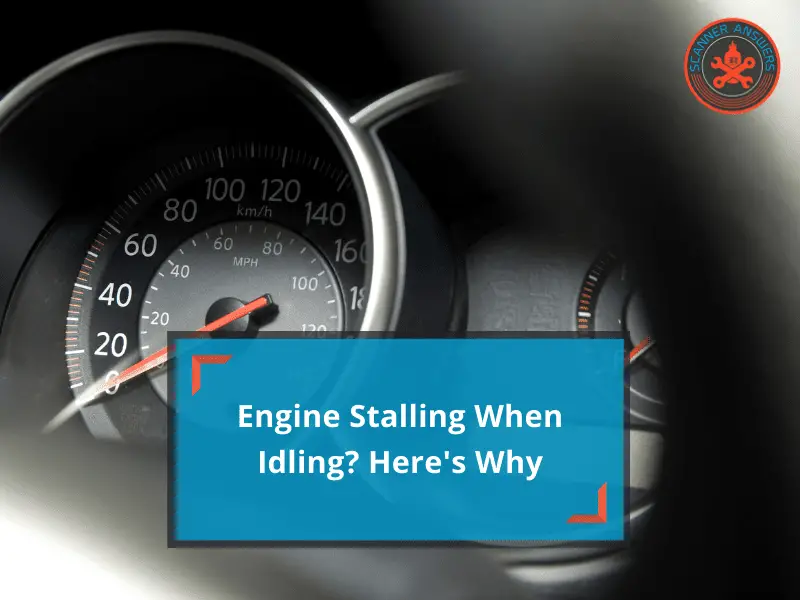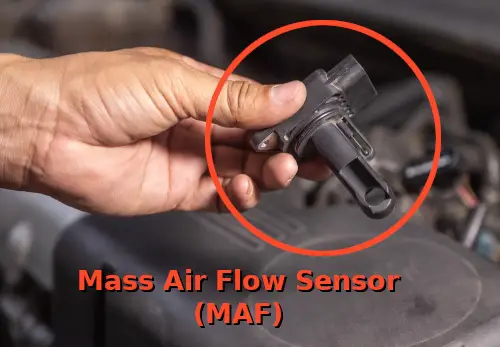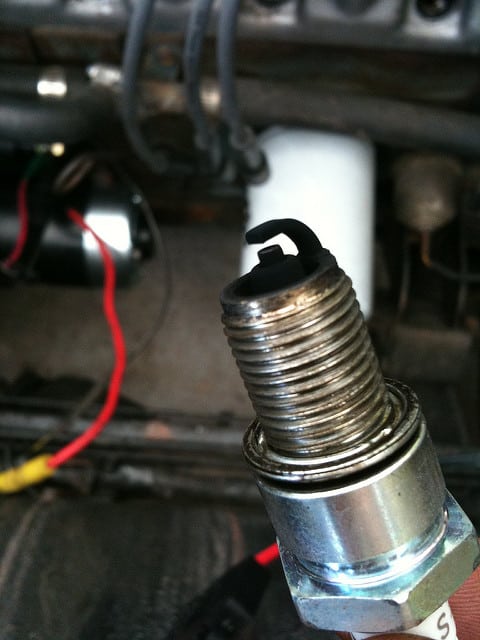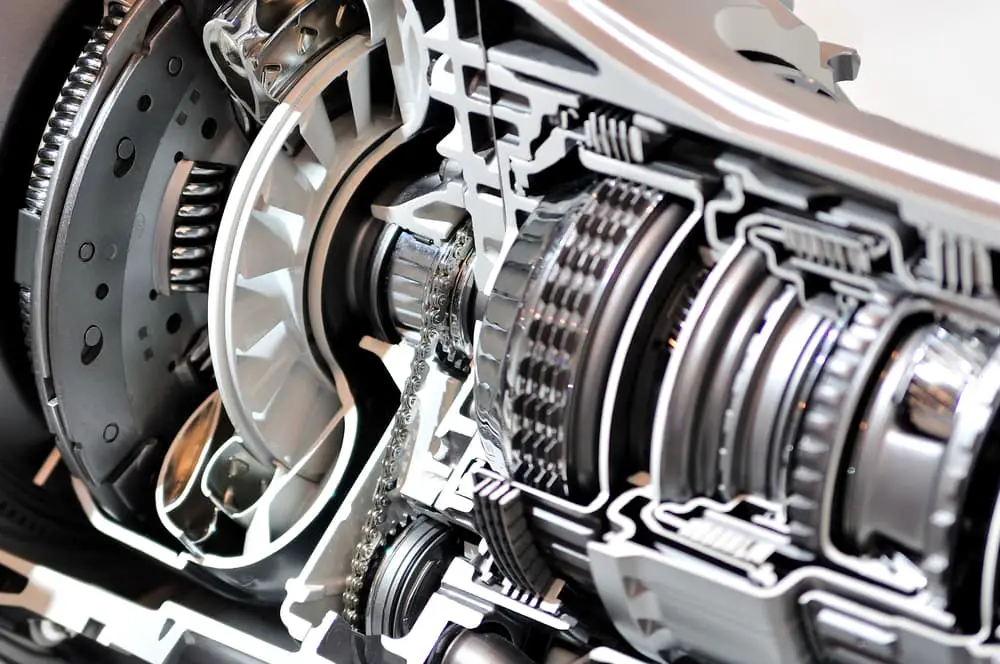
Are you wondering “Why did my car shut off while idling?” If you have ever had an experience where your car shuts off when idle or at low speeds, you know how frustrating it can be. This situation can be made even worse when your car stalls when you are running late for work; on a busy street, resulting in a traffic jam behind you; or on a hot day when you have your kids in the car.
Of course, there is never really a convenient time for your engine to stall, but there are definitely some scenarios that are more inconvenient and even potentially dangerous than others! Car stalling can happen any
time, and there is no check engine light to warn you it is coming.
Compounding the problem is the fact that there are a number of different reasons why your engine may stall, making it challenging to identify and fix the root cause. In a vehicle with manual transmission, the problem is typically that you simply operated the manual clutch incorrectly, causing the gears to disengage and the engine to stall.
However, in an automatic transmission vehicle, you don’t have a manual clutch to worry about, so the problem is more likely to be mechanical. In general, when a car engine stalls when idle, it is because the engine is not getting enough air, power or fuel. Let’s take a look at each of these categories and what they mean in greater detail.
[su_panel background=”#ffff” shadow=”2px 2px 2px #eeeeee” radius=”4″]Not Enough Air
Airflow in and around your car engine is essential for its operation. Oxygen is required for the combustion process that powers your engine, and too much or not enough oxygen can diminish the engine’s efficiency. If the imbalance becomes too extreme, it can lead to engine stalling. There are several engine components that can lead to airflow troubles.
[su_icon_text icon=”icon: window-close” icon_color=”#00a9e0″ icon_size=”33″]Faulty Oxygen Sensor [/su_icon_text]
The oxygen sensor measures the oxygen levels in the exhaust as it leaves your car’s engine. It then passes along this information to the engine control unit, which regulates the amount of air going into the engine. If there is a problem with the oxygen sensor, it may not deliver accurate readings, which can cause the engine control unit to send through an incorrect amount of air, leading to a car engine stall.
A new oxygen sensor will typically cost no more than $110, though the specific cost will depend on the make and model of your vehicle. It takes about half an hour to install, adding $60 to $150 in labor charges. (Note: these costs were updated for 2023, due to rising costs of parts and labor)

[su_icon_text icon=”icon: window-close-o” icon_color=”#00a9e0″ icon_size=”33″]Mass Air Flow Sensor Problems [/su_icon_text]
Similarly to the oxygen sensor, the mass air flow sensor also measures air flow through your engine. However, the mass air flow sensor tracks oxygen levels on the way into the engine, not coming out through the exhaust. Again, inaccurate sensor readings can throw off the electronic control unit, potentially making your car stall.
You can expect to pay anywhere from $60 to $450 for the mass air flow sensor, depending on your vehicle’s requirements. Fortunately, installation is quick and easy, typically adding no more than $70 in labor charges.

[su_icon_text icon=”icon: window-close” icon_color=”#00a9e0″ icon_size=”33″]Clogged Exhaust Gas Recirculation Valve [/su_icon_text]
This part is more common in diesel engines, but they’re showing up in some newer gasoline engines.
As your engine runs, the exhaust gas recirculation (EGR) valve sends small amounts of exhaust back through the engine to help with cooling. Because carbon dioxide doesn’t burn, it reduces the overall engine temperature to help the engine run more smoothly and safely.
Over time, the EGR valve can get clogged with debris from the exhaust. This can cause it to get stuck open or closed, rather than transitioning smoothly as needed. This ruins the valve’s ability to regulate the exhaust passing through the engine, throwing off the air-fuel ratio and causing the car to stall.
Thankfully, a clogged EGR valve is an easy fix. You can simply clean out the valve yourself at home. If the valve is faulty, on the other hand, you’re looking at about $600 to replace it.
Lack of Fuel

When your car dies while idling, your first thought may be an empty gas tank or water in the fuel tank. This is definitely a possibility, but your engine can also stall when you have plenty of fuel in the gas tank if there is a problem elsewhere. Your vehicle’s fuel delivery system is made up of many components, including pumps, sensors and filters, that are responsible for delivering fuel to the engine’s combustion chambers.
When there is not enough fuel, the engine can’t keep running. Even a small disruption in the flow of gas, like from a clogged fuel filter, can result in the car shutting down because the air and fuel mixture is disrupted. Have your fuel delivery system inspected each time you take your vehicle in for service to help catch any problems before they lead to car stalling.
After making sure you have enough fuel in the gas tank, and it’s clean, the fuel pump is the next thing to check. Failing fuel pumps are marked with many different symptoms.
[/su_panel] [su_panel background=”#ffff” shadow=”2px 2px 2px #eeeeee” radius=”4″]Insufficient Power
Power is essential to keeping any engine running, whether automotive or otherwise, and there are several components in your car’s engine that are critical.
Spark Plugs

Spark plugs are the part of the ignition system responsible for igniting the combustion process, so your engine definitely can’t run without them. As the fuel injectors push the gas into the combustion chamber, the spark plugs light it to create the combustion reaction that powers the engine. With age, spark plugs can begin to wear out, become damaged or simply fail, so it is important to replace them as needed.
If your car died while idling, it’s probably not a spark plug. Failing spark plugs symptoms are usually notice by stutters when pressing the GO-pedal, or rough idle.
You’ll typically pay about $85 for new spark plugs, plus another $125 to $175 for labor. However, replacing a spark plug is a relatively simple car maintenance task that you can learn to do on your own. This can save you a lot of money over the life of your vehicle, so it is a good skill to learn, especially if you use copper spark plugs, which are common in older vehicles.
Although they cost less than silver, platinum and iridium spark plugs, they typically last no more than 30,000 miles. The other, long-lasting varieties have life spans up to 100,000 miles.
Transmission

Simply mentioning transmission problems is enough to strike fear in any driver, as transmission repairs tend to be the most expensive. However, when it comes to car stalling, the problem is likely not a malfunctioning transmission itself, but rather the torque converter or the torque converter solenoid that powers it.
The torque converter takes the power the engine produces and delivers it to the drivetrain, effectively driving the vehicle. If it is not working properly, the drivetrain won’t receive enough power, and your engine dies.
Because your automotive technician will have to remove and dismantle the transmission to replace the torque converter, this job will typically cost around $1,200. It is a difficult and complex task, so unless you are highly experienced in working on cars, it is best to leave this one to the professionals. Replacing a broken torque converter solenoid, on the other hand, will typically only cost a few hundred dollars.
[/su_panel]
[su_panel background=”#ffff” shadow=”2px 2px 2px #eeeeee” radius=”4″]
Common Questions About Engine Idling and Stalling:

What should I do if my car shuts off while idling?
First and foremost, do your best to ensure your safety while you address the issue. In some cases, you may be able to restart the engine with no trouble. However, if the engine won’t maintain power, you may need to have it towed.
How long can I wait before addressing vehicle stalling?
This is an issue that is best dealt with as quickly as possible. The longer you leave it, the more likely it is that you’ll run into other problems or potentially stall in a dangerous or inconvenient situation.
Is idling bad for my car?
Idling in and of itself is just fine for your vehicle, as it is part of typical engine operation at low speeds. The problem arises when you leave your car idling frequently and for long duration.
While driving, unless in heavy traffic, you typically won’t idle for more than 30 seconds at a stretch. Sitting in a parking lot waiting for a friend, on the other hand, could leave your engine idling for 15 minutes or more, which can put a lot of strain on the system if done frequently.
Not only that, but idling your car while you wait releases harmful gases and toxins into the air, polluting our environment. Instead, turn off the engine while you wait, and open the windows for some fresh air and to minimize heat.
We talk a lot more about how long a car can idle here.
When would I need my engine to idle?
Aside from stopping at a traffic signal, you should idle your vehicle about once a week if you don’t drive it very often. This will keep everything moving, helping to maintain engine performance.
When should I avoid idling?
It is best to minimize idling as much as possible to reduce pollution and avoid wasting gas. However, there is one scenario in which you should never let your vehicle idle: at the gas pump.
While you are filling up your tank, gas fumes circulate, and these fumes are highly flammable. Even just the heat from your idling engine can be enough to cause a gas fire or explosion. Always shut off your engine as soon as you pull up to the pump to stay safe.
Address Stalling Problems While Idling Right Away
There are other potential reasons why your car shuts off when idle, but those explained here are among the most common. If none of these seem to be the problem, your auto mechanic can help uncover the true reason your engine is stalling. If your car shut off while idling and you’re unable to identify the issue, it’s a good idea to have it inspected by a qualified mechanic. They can perform a diagnostic check, scan the onboard computer for trouble codes, and conduct tests to pinpoint the exact cause of the problem.
No matter what the cause, though, it is best to take care of stalling troubles as soon as you can to prevent further damage to your engine. This is not the type of problem that might go away if you ignore it, so be sure to make it a priority.
Bringing your car in for regular tune-ups can help identify potential issues early on, possibly saving you from greater automotive troubles in the future. The better you care for your car, the better your car performs.
[/su_panel]